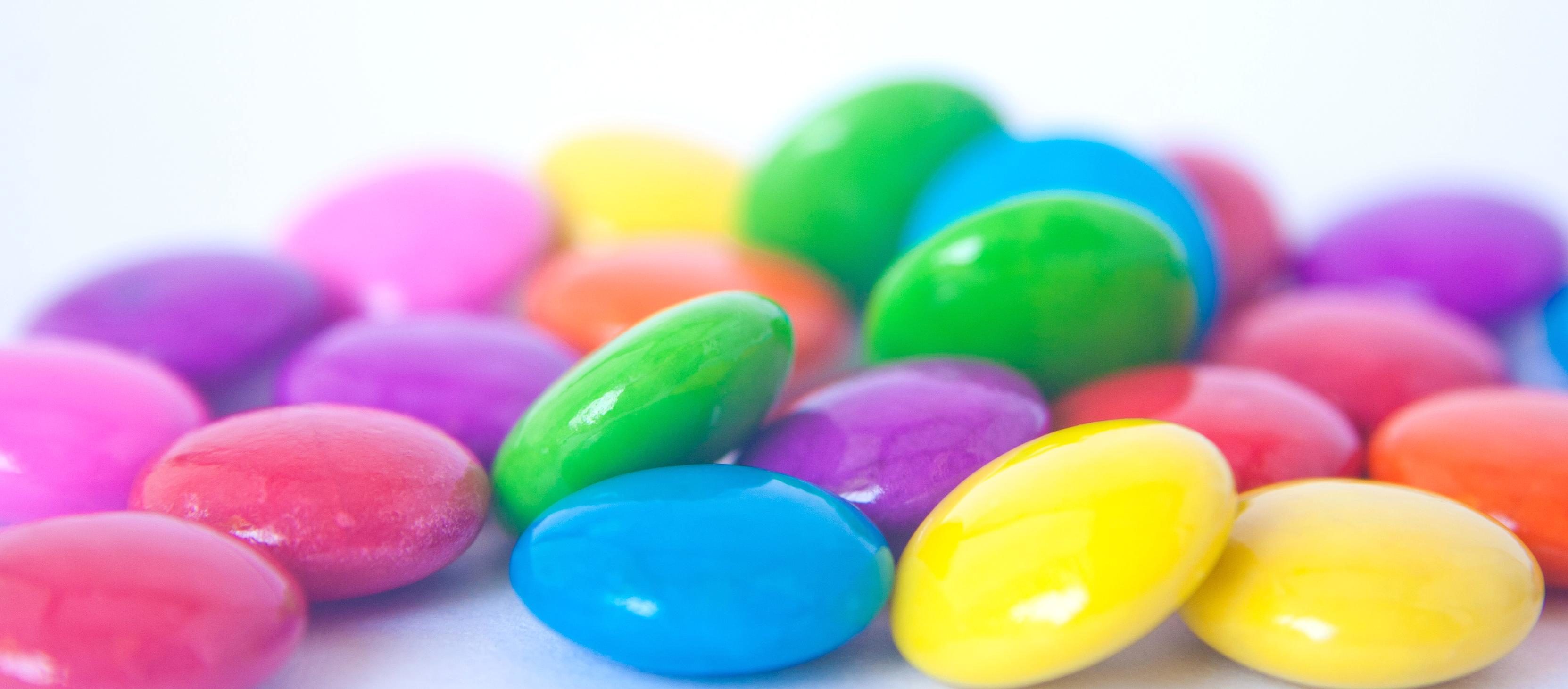Food dyes are synthetic chemicals derived from coal tar and petroleum that are used for the purpose of improving the appearance of food. Humans are color-seeking animals, and food companies know how to use that trait to their advantage.

It is estimated that Americans today consume 5 times as much food dye as we did 60 years ago. This is not surprising given the major increase in the production of processed foods. In addition to their inclusion in foods, synthetic food dyes can be found in a wide range of personal care and household products such as vitamins, cough syrup, toothpaste, and laundry detergent, to name just a few.
Not only do dyes not play any role in improving the safety of food or boosting its nutritional quality, but the safety of these dyes is highly suspect. For instance, many commonly used food dyes, such as Yellow 5, Yellow 6, and Red 40, pose risks including hyperactivity in children. Some also pose a risk of cancer and allergic reactions.
A brief history of artificial food coloring:
- In the early 1800’s, food producers increasingly started adding things like dyes, copper, and even lead to their products, most often to hide discoloration or spoilage.
- From 1870 to 1940, artificial coloring became the food-marketing norm.
- In 1906, Congress passed the Pure Food and Drug Act, which banned certain colors and endorsed others as safe – although many were later found to be unsafe.
- In 1950, dozens of children in different cities became ill after eating Halloween candy colored with Orange No. 1, which led to it being banned in 1958. (A full 8 years later!)
- In the 1960’s and 1970’s, consumers took part in a back-to-nature movement, which was one of the biggest shifts in attitude towards the use of artificial colors.
- In 1973 an American pediatric allergist named Benjamin F. Feingold presented a paper at a medical conference suggesting that the consumption of artificial colors caused hyperactivity in children. Two studies would later be published in 2004 and 2007 suggesting the same thing.
- In 2010, the European Union began requiring food labels to clearly note the presence of several artificial dyes along with the warning that they “may have an adverse effect on activity and attention in children.” In the United States, the FDA voted against this labeling. Unlike the European Union, which bases its health protection policies on a “precautionary principle,” the U.S. government requires extensive proof of harm prior to taking regulatory action. Many major US food companies who continue to use artificial colors in America have shifted production to provide dye-free or naturally-colored versions of the same products in Europe.
- A study released in 2016 found that 43 percent of all food products marketed to children contain artificial dyes.
While our government is unlikely to step in to halt the use of artificial colors in the food supply any time soon, the scientific research that is available seems to suggest that informed consumers should make personal purchasing choices that limit or avoid foods containing artificial dyes. You can confidently shop the aisles at KWF, knowing that we don’t allow products with artificial food coloring on our shelves.
To learn about how many U.S. food companies are taking steps to move away from the use of artificial coloring, read “Brand New Hue: The Quest to Make a True Blue M&M“.





